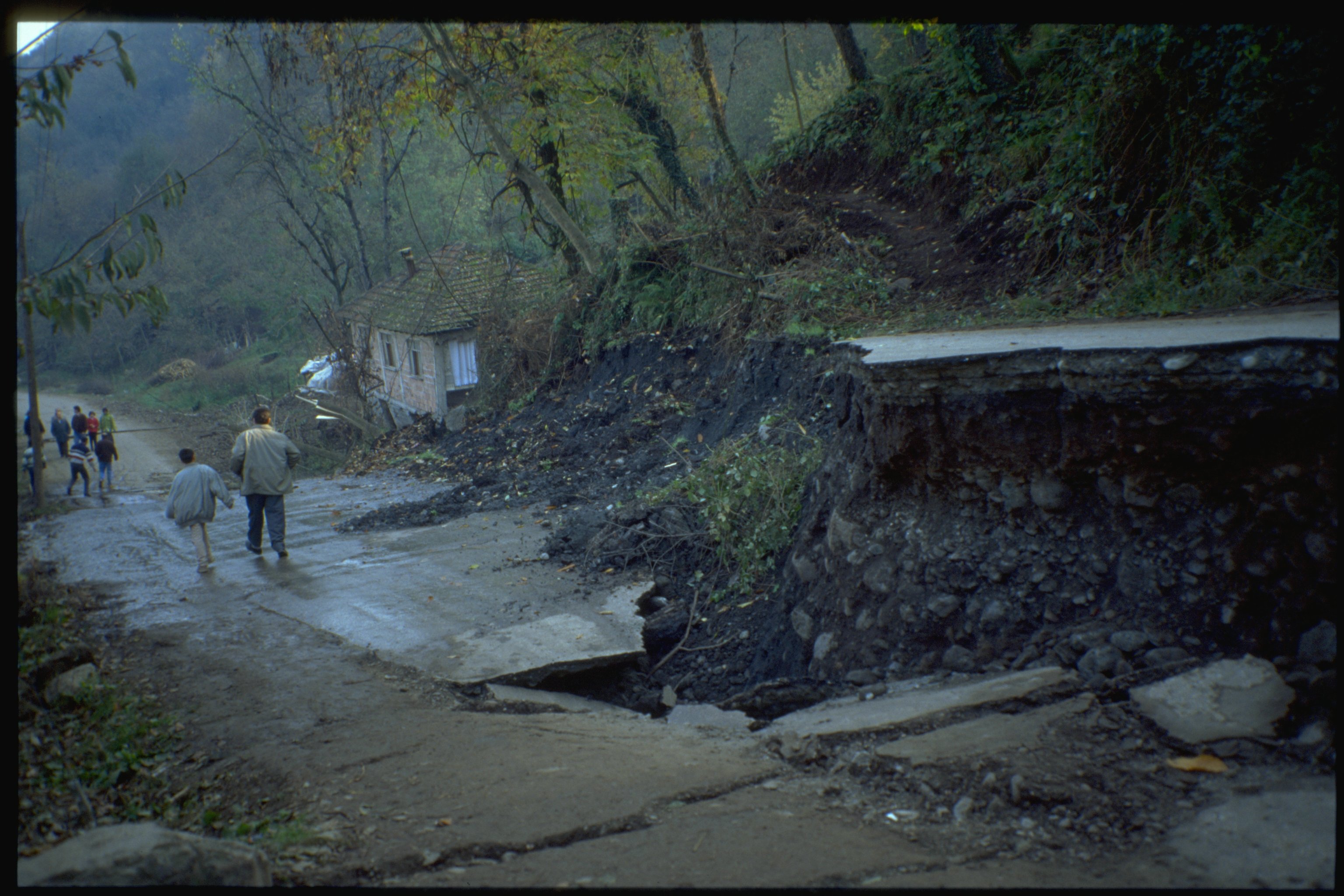All Categories
Featured
Table of Contents
Career Guide: Geophysicist in Rossmoyne Western Australia 2021

The primary model for the radial structure of the interior of the Earth is the initial referral Earth model (PREM). Some parts of this model have actually been updated by recent findings in mineral physics (see post-perovskite) and supplemented by seismic tomography. The mantle is primarily made up of silicates, and the boundaries between layers of the mantle follow stage shifts.

Schematic of Earth's magnetosphere. Circulations from left to.
Inside the magnetosphere, there are relatively thick areas of solar wind particles called the Van Allen radiation belts. Geophysical measurements are generally at a specific time and place. Precise measurements of position, along with earth deformation and gravity, are the province of geodesy. While geodesy and geophysics are different fields, the two are so closely connected that numerous clinical companies such as the American Geophysical Union, the Canadian Geophysical Union and the International Union of Geodesy and Geophysics incorporate both.
Geophysical Surveys Definition & Meaning In Stock ... in Nedlands Aus 2020
A three-dimensional position is determined utilizing messages from 4 or more visible satellites and referred to the 1980 Geodetic Reference System. An option, optical astronomy, combines huge collaborates and the local gravity vector to get geodetic coordinates. This approach only provides the position in two collaborates and is more hard to use than GPS.
Gravity measurements ended up being part of geodesy due to the fact that they were required to associated measurements at the surface area of the Earth to the recommendation coordinate system.
Satellites in space have actually made it possible to collect information from not only the visible light region, but in other areas of the electromagnetic spectrum. The planets can be identified by their force fields: gravity and their magnetic fields, which are studied through geophysics and space physics. Measuring the changes in acceleration experienced by spacecraft as they orbit has allowed fine details of the gravity fields of the worlds to be mapped.
Geoscientists : Occupational Outlook Handbook in South Fremantle WA 2022

Given that geophysics is worried with the shape of the Earth, and by extension the mapping of features around and in the world, geophysical measurements consist of high precision GPS measurements. As soon as the geophysical measurements have been processed and inverted, the translated results are outlined utilizing GIS.
Lots of geophysics companies have actually designed in-house geophysics programs that pre-date Arc, GIS and Geo, Soft in order to meet the visualization requirements of a geophysical dataset. Expedition geophysics is applied geophysics that frequently utilizes remote picking up platforms such as; satellites, aircraft, ships, boats, rovers, drones, borehole sensing devices, and seismic receivers.
For example, aeromagnetic data (aircraft gathered magnetic information) collected using standard fixed-wing aircraft platforms should be remedied for electromagnetic eddy currents that are developed as the aircraft moves through Earth's magnetic field. There are likewise corrections related to modifications in determined prospective field intensity as the Earth turns, as the Earth orbits the Sun, and as the moon orbits the Earth.
Geological And Geophysical (G&g) Surveys in Bibra Lake Australia 2020
Signal processing includes the correction of time-series data for undesirable noise or errors introduced by the measurement platform, such as aircraft vibrations in gravity data. It also involves the decrease of sources of noise, such as diurnal corrections in magnetic data. In seismic information, electromagnetic information, and gravity information, processing continues after mistake corrections to consist of computational geophysics which result in the last analysis of the geophysical information into a geological interpretation of the geophysical measurements Geophysics emerged as a separate discipline just in the 19th century, from the crossway of physical location, geology, astronomy, meteorology, and physics.
The magnetic compass existed in China back as far as the 4th century BC. It was not until good steel needles might be created that compasses were utilized for navigation at sea; prior to that, they could not retain their magnetism long enough to be beneficial.
By looking at which of 8 toads had the ball, one might figure out the direction of the earthquake.'s (1600 ), a report of a series of meticulous experiments in magnetism.
Geophysical Survey in Redcliffe Aus 2020
In 1687 Isaac Newton released his, which not only laid the foundations for classical mechanics and gravitation but also explained a range of geophysical phenomena such as the tides and the precession of the equinox. The very first seismometer, an instrument capable of keeping a constant record of seismic activity, was developed by James Forbes in 1844. Dietmar; Sdrolias, Maria; Gaina, Carmen; Roest, Walter R. (April 2008). "Age, spreading rates, and spreading asymmetry of the world's ocean crust". Geochemistry, Geophysics, Geosystems. 9 (4 ): Q04006. Bibcode:2008 GGG ... 9. 4006M. doi:10. 1029/2007GC001743. S2CID 15960331. "Earth's Inconstant Magnetic Field". science@nasa. National Aeronautics and Area Administration. 29 December 2003. Recovered 13 November 2018.
Leipzig. Berlin (Gebruder Borntraeger). Runcorn, S.K, (editor-in-chief), 1967, International dictionary of geophysics:. Pergamon, Oxford, 2 volumes, 1,728 pp., 730 fig Geophysics, 1970, Encyclopaedia Britannica, Vol. 10, p. 202-202 Ross 1995, pp. 236242 Shearer, Peter M. (2009 ). Intro to seismology (second ed.). Cambridge: Cambridge University Press. ISBN 9780521708425. Stphane, Sainson (2017 ).
Table of Contents
Latest Posts
How To Become A Geophysicist in Tuart Hill Western Australia 2020
What Do Geoscientists And Hydrologists Do? in Oakford WA 2023
Recent Advances In Optimized Geophysical Survey Design in Mindarie Australia 2021
More
Latest Posts
How To Become A Geophysicist in Tuart Hill Western Australia 2020
What Do Geoscientists And Hydrologists Do? in Oakford WA 2023
Recent Advances In Optimized Geophysical Survey Design in Mindarie Australia 2021